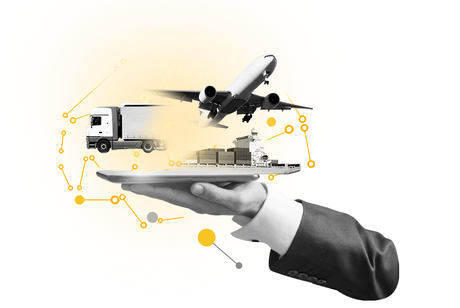This opinion piece by Jesper Bennike, Chief Product Officer at Transporeon, was originally published by europeanfiles.eu (December 2021).
Sustainability is hugely important to the logistics industry. Transport accounts for around 20% of global carbon dioxide emissions, while a report from the international organization Paris Process on Mobility and Climate (PPMC) says truck transports specifically account for one-quarter of global transport energy use.
What’s more, in Europe approximately a quarter of containers on the road are empty. These empty runs have high economic costs due to the wastage of fuel, time and labor, as well as increasing emissions through congestion. With the supply chain generating such vast quantities of waste and CO2 emissions, it’s incumbent on us as an industry to change before governments force us – or before customers demand it.
The key to unlocking a more sustainable model is to achieve complete visibility through the supply chain, including around emissions data. This data then needs to be shared between all stakeholders, so everyone can get a deeper look at the inefficiencies across their logistics networks and take steps to reduce the environmental impact.
However, doing so isn’t easy. So, how do we build an ecosystem that encourages digitization and real-time visibility (RTV) for a more sustainable industry? All it will take is three simple steps focused on the power of data.
